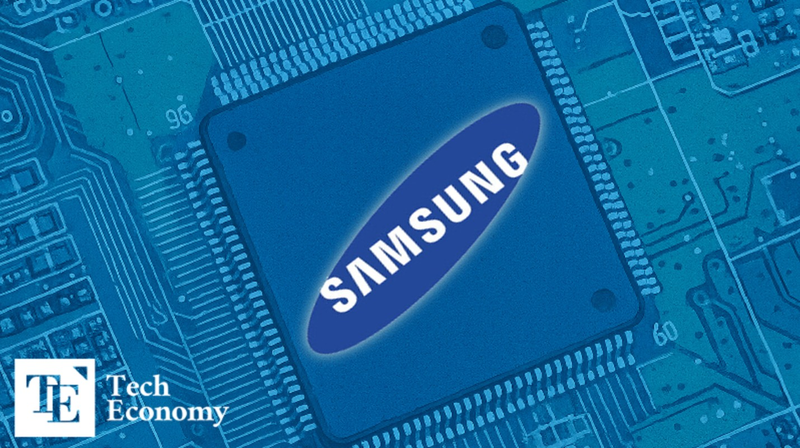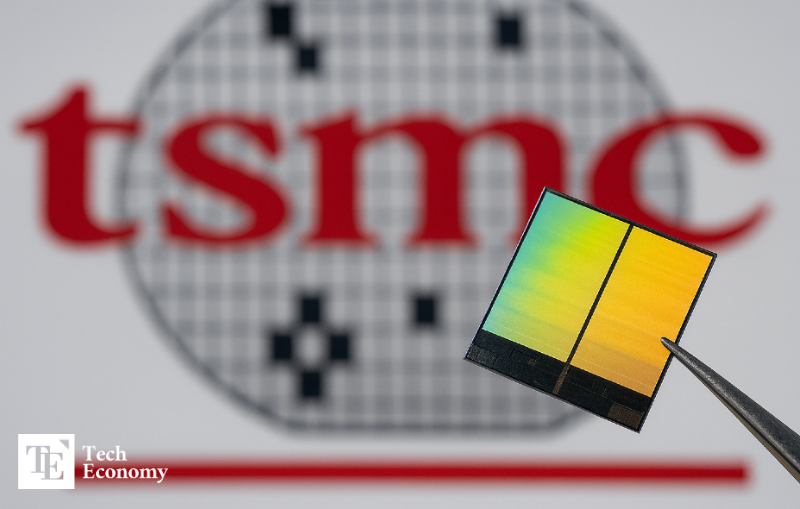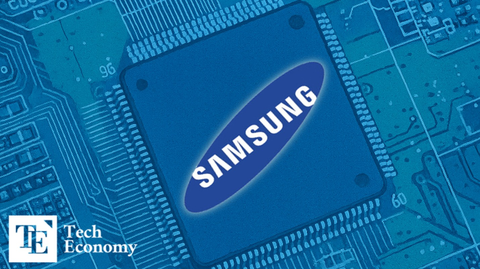Samsung Electronics, Secures Yields and Advances 2nm Mass Production, Potentially Shifting the Foundry Market Landscape
Input
Modified
Process stability secured through faster-than-expected yield improvement Set to be equipped in Galaxy S26 series launching next spring Smartphone business to enhance profitability by reducing reliance on Qualcomm

Samsung Electronics has begun mass production of its next-generation mobile application processor (AP), the Exynos 2600, nearly two months ahead of schedule. The product employs a cutting-edge 2nm (nanometer, one-billionth of a meter) process and is expected to be featured in Samsung smartphones slated for release next spring. Should Samsung demonstrate superior performance and stable yields through this early production, it could emerge as a viable alternative to counterbalance TSMC’s dominance in the foundry (semiconductor contract manufacturing) market. It also raises expectations that Samsung will be able to diversify its supply chain by reducing dependence on Qualcomm in its smartphone business.
First commercial product with SF2 process, scheduled for shipment in November
According to Taiwanese IT media outlet DigiTimes on October 1 (local time), Samsung began wafer production for the Exynos 2600 last month. The first products are scheduled to ship as early as late October to early November and will be installed in the standard and Pro models of the flagship Galaxy S26 series, set for release next spring. Following chip production, wafer testing and packaging, as well as package testing, will ensue. While testing will be handled by a partner company, Samsung will directly oversee the packaging stage and beyond.
The Exynos 2600 is drawing industry attention primarily because it is the first commercial product to employ Samsung’s next-generation 2nm process, known as “SF2.” The SF2 process is based on third-generation gate-all-around (GAA) technology, which overcomes the limitations of traditional FinFET structures. Compared to its predecessor, the 3nm (SF3) process, SF2 delivers a 12% improvement in performance and a 25% increase in power efficiency. This translates into faster computational processing for smartphones and longer battery life.
Samsung had originally planned to begin SF2 mass production in November but advanced the schedule by two months, as yields improved from 30% in the first quarter to 50% recently. The company now aims to reach 60–70% by year-end. Leveraging this faster-than-expected yield improvement, Samsung intends to proactively validate potential issues and secure process stability at an early stage. Its strategy is to successfully launch the first mass-production product, build confidence in its leading-edge processes, and leverage this trust to win large-scale orders.
Test results show no performance gap with Qualcomm Snapdragon
Through early mass production of the Exynos 2600, Samsung is looking to turn the tide in the mobile AP sector, where it has long been viewed as lagging behind. Currently, Qualcomm’s “Snapdragon” exclusively powers Samsung’s high-end S series smartphones. During last month’s earnings conference call, Qualcomm stated that it had set a new baseline share of 75% for chipsets in Samsung smartphones. In practice, this year Qualcomm supplied nearly 100% of APs, except for the Galaxy Z Flip7. This underscores the increasingly marginal role of Samsung’s Exynos.
In this context, overseas media outlets have positively reviewed the Exynos 2600’s test results. Benchmark scores leaked on Geekbench6 for what is believed to be the Exynos 2600 reported a single-core score of 3,309 and a multi-core score of 11,256. By comparison, Qualcomm’s Snapdragon 8 Elite, currently under development, posted scores of 3,393 and 11,515, respectively. Several U.S. IT outlets commented that “considering past disappointments with Exynos chipsets, these results are impressive,” adding, “It will be fascinating to see how the two chips perform head-to-head when delivering full performance.”
Industry analysts argue that Samsung’s performance next year may hinge on the success of the Exynos 2600. Revitalizing Exynos is seen as essential to enhancing cost competitiveness in the smartphone business and diversifying the mobile AP supply chain. In the first half of this year, Samsung Electronics’ DX division reported $5.7 billion in mobile AP purchases, a 29.2% increase compared to $4.8 billion during the same period last year. The mobile AP cost for the Galaxy S25 Ultra also rose approximately 29% over the past three years. This reflects the consequences of Qualcomm’s near-monopoly in AP supply, further intensifying the semiconductor division’s urgency for Exynos’ revival.

Opportunity to secure new clients amid TSMC dominance
Through early mass production of the Exynos 2600, Samsung is looking to turn the tide in the mobile AP sector, where it has long been viewed as lagging behind. Currently, Qualcomm’s “Snapdragon” exclusively powers Samsung’s high-end S series smartphones. During last month’s earnings conference call, Qualcomm stated that it had set a new baseline share of 75% for chipsets in Samsung smartphones. In practice, this year Qualcomm supplied nearly 100% of APs, except for the Galaxy Z Flip7. This underscores the increasingly marginal role of Samsung’s Exynos.
In this context, overseas media outlets have positively reviewed the Exynos 2600’s test results. Benchmark scores leaked on Geekbench6 for what is believed to be the Exynos 2600 reported a single-core score of 3,309 and a multi-core score of 11,256The outlook for the foundry division is also challenging. TSMC currently commands nearly 70% of the advanced-process foundry market. However, mounting concerns over TSMC’s high prices and limited production capacity are prompting major fabless companies to seek alternatives. If Samsung can prove the Exynos 2600’s performance and stable yields under the SF2 process, it could position itself as a viable substitute to TSMC and gain new customers. Price competitiveness also works in Samsung’s favor, as the Exynos 2600 is about 33% cheaper than TSMC’s 3nm products.
The critical factor will be how quickly Samsung can secure process stability and boost yields. TSMC is leveraging its high 3nm yield rate (80%) to stabilize its 2nm process at a rapid pace, with reports indicating that it has already achieved yields exceeding 90%. Decades of supplying advanced chips to major players like Qualcomm, Apple, and Nvidia have elevated TSMC’s process stability across the board. Intel, another foundry competitor, is also reported to have achieved a 50% yield at the 1.8nm process level, surpassing 2nm.
Samsung’s recent developments, however, suggest promising momentum. In July, it signed a $16.5 billion foundry contract with Tesla, marking the largest long-term deal (2025–2033) ever signed with a single client, and providing a pivotal source of stable revenue. Samsung will manufacture Tesla’s next-generation AI6 high-performance system semiconductors, which are expected to power its upcoming Full Self-Driving (FSD) technology, robotics, and data centers. Should the Exynos 2600’s revival materialize alongside this, Samsung could secure an even greater pipeline of foundry orders.. By comparison, Qualcomm’s Snapdragon 8 Elite, currently under development, posted scores of 3,393 and 11,515, respectively. Several U.S. IT outlets commented that “considering past disappointments with Exynos chipsets, these results are impressive,” adding, “It will be fascinating to see how the two chips perform head-to-head when delivering full performance.”
Industry analysts argue that Samsung’s performance next year may hinge on the success of the Exynos 2600. Revitalizing Exynos is seen as essential to enhancing cost competitiveness in the smartphone business and diversifying the mobile AP supply chain. In the first half of this year, Samsung Electronics’ DX division reported $5.7 billion in mobile AP purchases, a 29.2% increase compared to $4.8 billion during the same period last year. The mobile AP cost for the Galaxy S25 Ultra also rose approximately 29% over the past three years. This reflects the consequences of Qualcomm’s near-monopoly in AP supply, further intensifying the semiconductor division’s urgency for Exynos’ revival.





















Comment